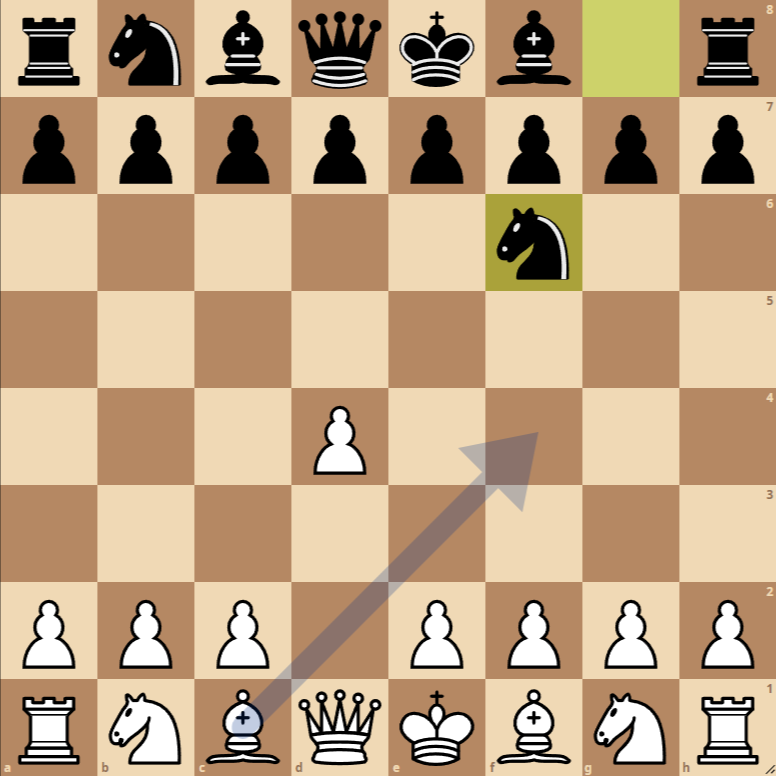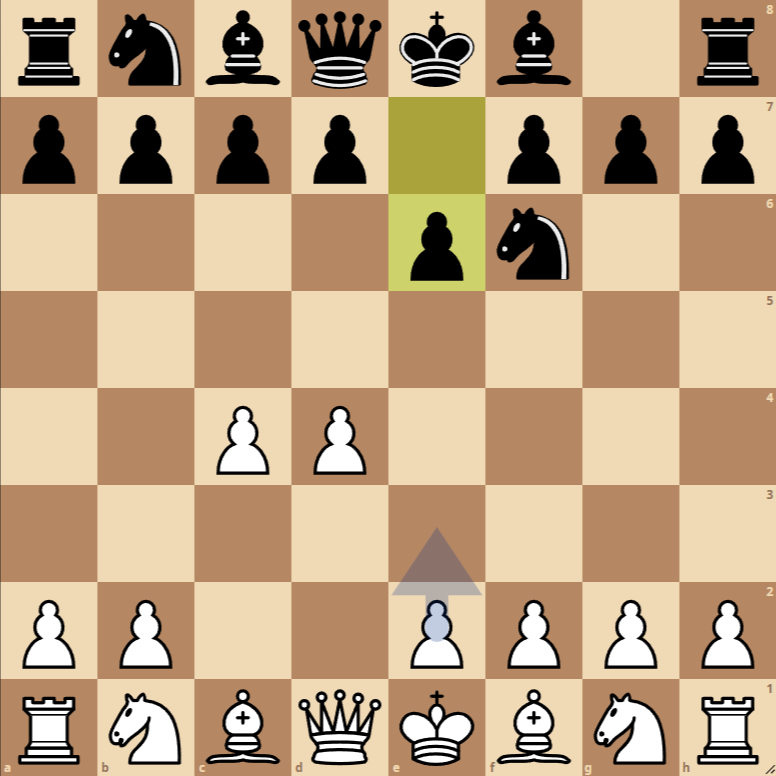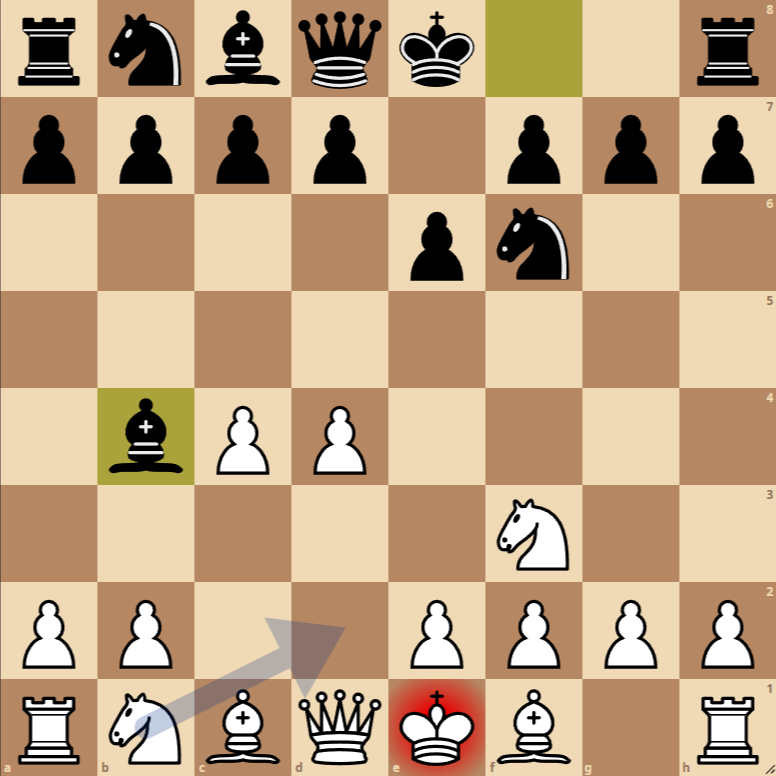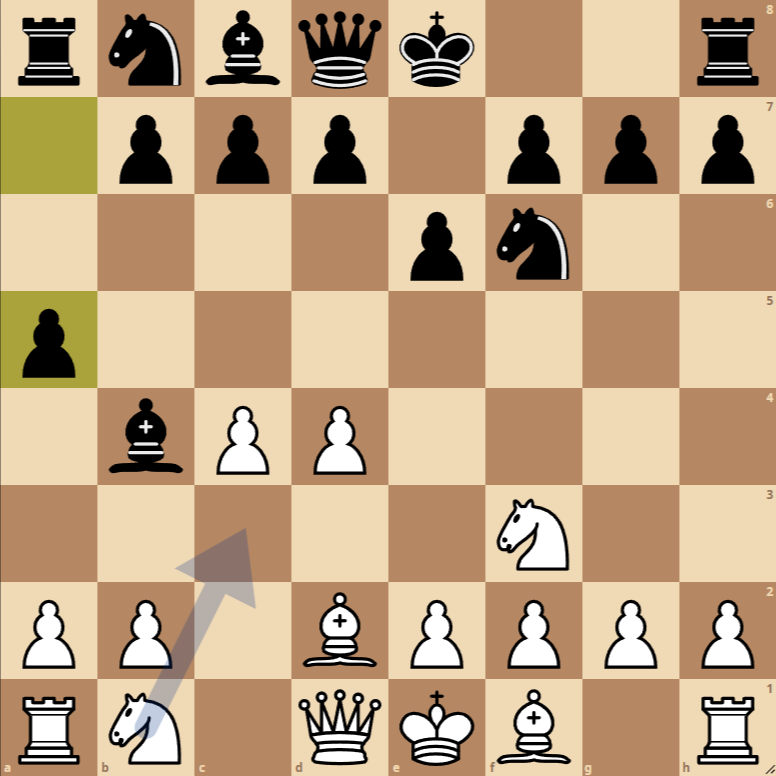The Bogo-Indian Defense, Wade-Smyslov Variation



It is a chess opening characterized by precise moves and deep strategies from the early moves. Starting with 1. d4 Nf6 2. c4 e6 3. Nf3 Bb4+, Black immediately seeks to pressure the center while White develops pieces to key positions. The move 4. Bd2 is a classic response in the Wade-Smyslov Variation, preparing to protect the pawn on c3 and offering a bishop exchange that can be favorable for White. The move 4…a5 by Black aims to avoid this bishop exchange, maintaining pressure on the c3 pawn and seeking potential expansions on the queen’s side.
From this position, strategies and tactics for both sides can significantly diverge based on the upcoming moves. Here, we will analyze three main options: g3, a3, and Nc3.
g3
This move prepares long castling for White and plans to place the bishop on g2, where it will exert strong diagonal influence toward the center and the king’s side. For Black, it’s crucial to maintain tension and look for opportunities to unbalance White’s position. Black might consider moves like …d5, pressuring the center, or …c5, challenging White’s pawn structure and aiming to activate its pieces quickly.
a3
With a3, White seeks to force the Black bishop on b4 to make a decision: retreat or exchange for the knight on c3, after which White would recapture with the pawn, gaining space and control in the center. This move also prepares the b4 expansion, which can be useful for gaining space on the queen’s side. Black needs to act cautiously, balancing development and pressure in the center. Expanding in the center with …d5 or playing …b6, preparing to fianchetto its own bishop, are options to consider.
Nc3
This move develops another piece to the center and defends the d4 pawn, showcasing a solid structure. White may look to expand in the center with e4 in the future. Black, on the other hand, has the option to exchange on c3, doubling White’s pawns but at the cost of losing the dark-squared bishop, which can be valuable. An alternative is to maintain tension with moves like …O-O, preparing for actions in the center or on the queen’s side.
In all these variations, it’s crucial for both sides to strike a good balance between development, control of the center, and king’s safety. The Bogo-Indian Defense, especially in the Wade-Smyslov Variation, invites tactical and strategic battles from the outset, where understanding underlying ideas and precision in play can make a difference in the outcome of the game.

